How long does it take to find a product-market-fit?
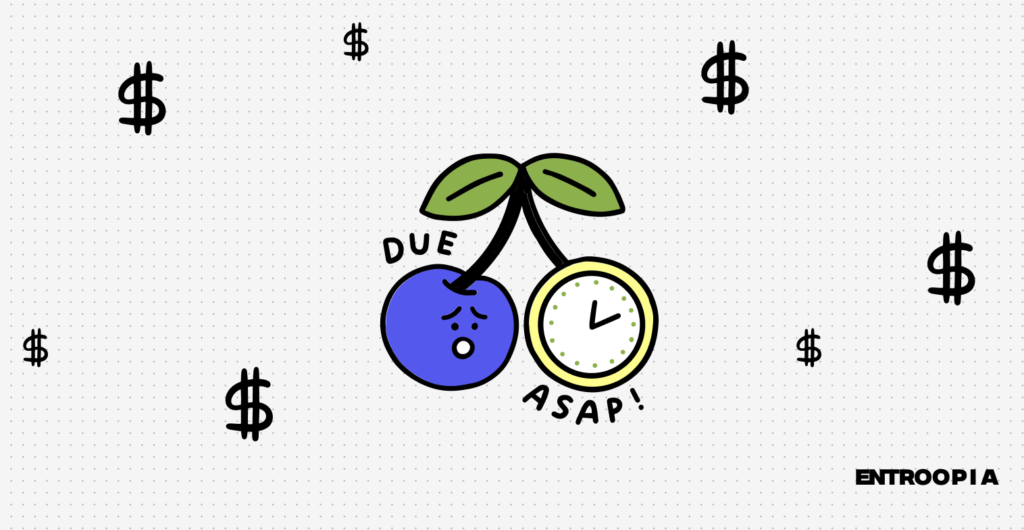
Forcing and hurrying anything tends to bring more trouble than solutions. Founders chronically stress with metrics early in the journey, trying to hit success indicator goals long before they’re ready to define the right metrics.
Some people marry their high-school sweetheart, others marry in their 50s. All relying on one uncontrollable factor — luck! Startups are in a similar position because the product and the insight will be only as good as the founding team’s perspective on the market.
Having spent a significant amount of time on gathering insights, its best to hope that the founders are able to regonise a market gap; to be able to identify an opportunity when it's staring them in the face.
In other words — strategic luck.
It’s possible to put yourself into positions where luck will find you. If the startup is managing to do it with the littlest of resources, spending only founder time and not hiring a full team — luck has a lot more time to find the startup. There’s no limit to how long a company might spend in the talking-stage limbo. Only limited by human patience.
In growth industries it’s also acceptable to have the company funded pre-PMF (product-market fit) as the potential of return is higher than average, allowing for a higher risk marginal.
Building complex products while working with a team puts pressure on finding the early PMF before the cash runs out. Plenty of ambitious projects go down because the assumptions built on anecdotal evidence, which didn’t end up scaling successfully.
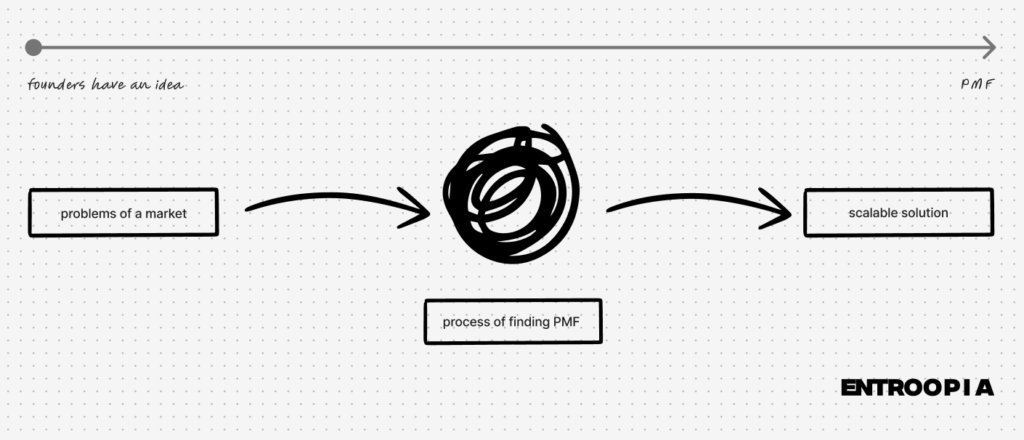
Everyone needs to be ready to spend more time than they’re comfortable capturing the interest of customers. In the worst case scenario the startup never finds it. Such tragedies happen for many reasons — some are too early, some are not differentiated enough, some are solving a problem that doesn’t have any quantifiable value. These challenges should be recognised before founders run out of motivation, money or ideas. Ideas can be pivoted easily. Full company pivot is a risk most won’t take if the realisation comes after hiring a big team.
Finding the right problem before building the product
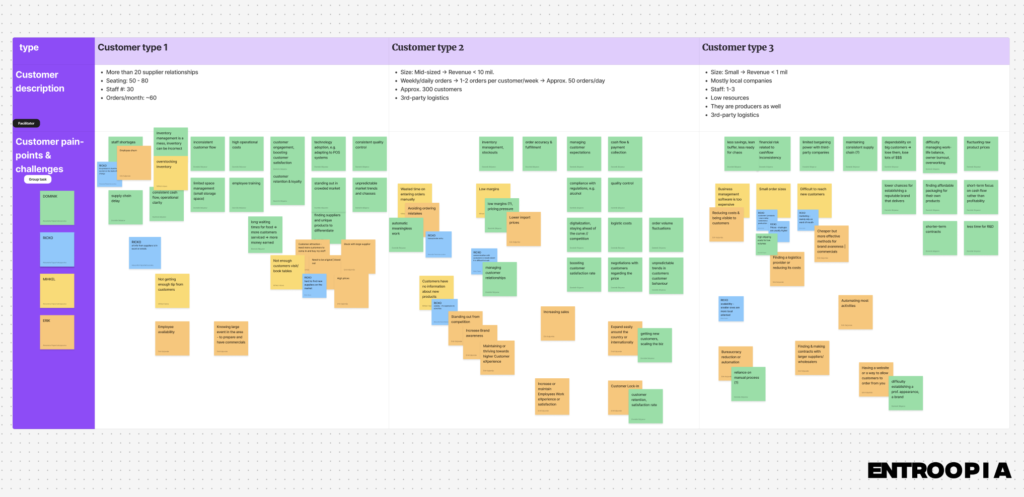
The first goal of every startupper is to find out whether they’re barking up the right tree. If the solution is so obvious to you, why hasn’t anyone else done it yet? Maybe they did and there was an obstacle to bringing that solution to the market? The best early lessons will come from people investing in the market the startup wants to enter into. Their insights gathered will help build up a strong foundation for the business to come.
Most startup journeys start with a bunch of assumptions. At first the ideas are simple and general, and as the founders gather more info and insights they start to understand where the real issues lie.
Through continued research it’s soon possible to learn that a lot of those assumptions are a bucket full of nonsense. Just rocks and no shrimp. Trying to solve a problem and charge for it, when no one wants it solved, is not a profitable business.
Sometimes, and only sometimes, can one become Google and make the superior search engine; when no one even knew they needed it. Improving the user experience so much that they become the default solution.
Having invested considerably into deeply understanding a market, the smart thing to do is to keep barking — maybe switching trees, but staying on target as long as possible.
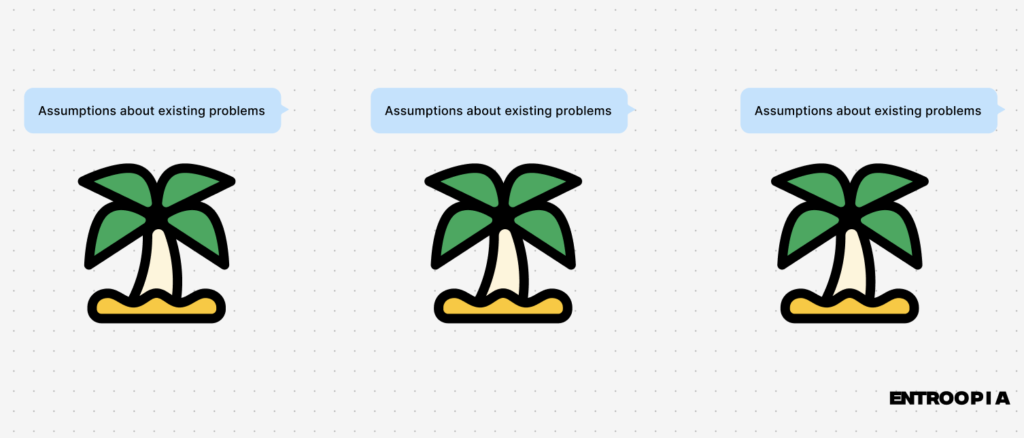
It’s a founder’s job to keep trying to understand the customer well enough to know what kind of solution they need. The more insights, the more statistically likely the luck of a market gap will find the product.
Getting it right, right away, may not work for the long-term.
Having a “love at first sight” PMF is as rare as movie love. For most — achieving PMF is a process that takes work to happen. Simply like a new couple making a dedicated effort to get to know each other. Slow burn is not better or worse than the instant match because markets change. Both fit speeds come with their own risks, but merits also an investigation because — instant fits can be just a passing feverish passion that dies as quickly as it became.
Both pose challenges very similar in both situations.
1
Instant PMF — you created the perfect product for the needy market
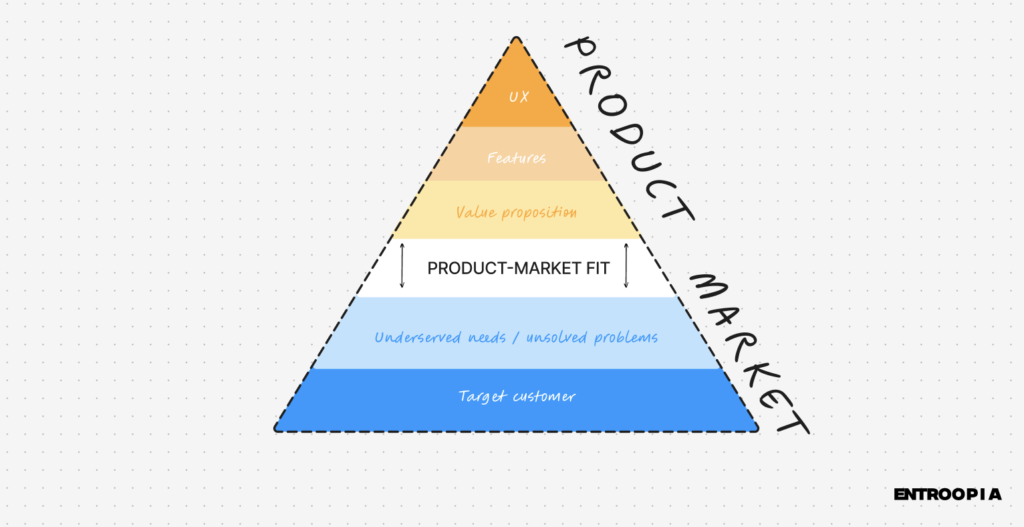
Experiencing a first massive influx of requests and interest is a great start for a company. It’s encouraging for everyone invested in the venture’s success to keep going. The president might not come calling yet and your marketing person might be trying to sell you on some SEO, but — the company has now direct access to willing and chatty accounts. For deepening the fit, the activities will need to be a deliberate effort of retaining the fireworks. PMF is a continuous process that can’t be let go.
Think of those viral photo apps that kids download — use for a week and forget about the next. First enthusiastic customers are not allergic to churn either. An extreme PMF needs a recurring problem that the product is solving as if the problem never existed. Needing to inhabit the market position so its impossible to overtake. Growing too large for anyone to compete with.
For any startup the early PMF will be a narrow segment, saturating with a narrow use-case product. Not exactly justifying large investment product development. The company’s existence will depend on how their product-market fit will evolve. Founder’s ability to pinpoint the exact problems the early ICP has and what they’re willing to pay for, will define the company they build.
2
Developed PMF — got to know the market and wiggled product into the fit
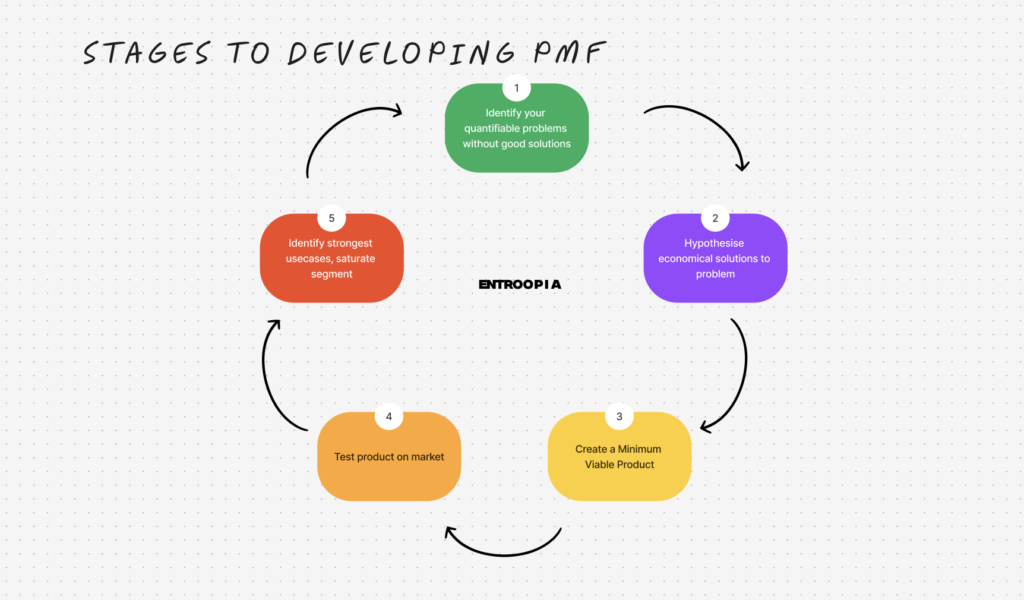
There’s always the temptation to get ahead of yourself and start dreaming about wedding dresses. Trigger-happy founder will, at any hint of a faint idea that could be produced into software — start hiring, raising funding and building infrastructure. Creating promises, not to only to investors and other people — also to themselves.
A development of the fit burns money and eats deeply into patience — the sturdiest of entrepreneurs stay detached and don’t decide on anything without quantitative proof. Otherwise, under pressure company leadership starts to hallucinate results that will lead to time and money spent on non-workable results.
The path to a product-market fit is a calculated one. Best done with little of expectations, in low pressure environment and pre-determined conditions. Having no pride for needing to be right. Learning from being completely wrong.
Some people meet their soulmate before they even know what it looks like, others get married 3 times before finding the right person. Not one or even two divorces deterred a person from trying to find the right person for themselves. Failure in startups are just lessons about what not to do, not a complete de-moralisation of existence. Being right about one thing teaches one thing. Being wrong about a lot of things teaches a lot of things. Failure is the fuel for growth.
Waiting for the slow burn to become a relationship could just end up as a situationship. A lead that never converts to love. Like a startup trying to break into a market that isn’t ready for their solution, doesn’t have any financial incentives to solve their problems or is completely unware of having a problem. Investing into scaling such ventures might produce less results than spreading money around on the street with a leaf-blower.
The key is to get out of the situationship as quickly as possible. Take your losses and find the next idea to move on to. Founders are in a unique position of having acquired knowledge about a certain segment of the market that gives them insight and apprehension on how to create new working solutions.
Staying sustainable, economical and grounded pre-PMF
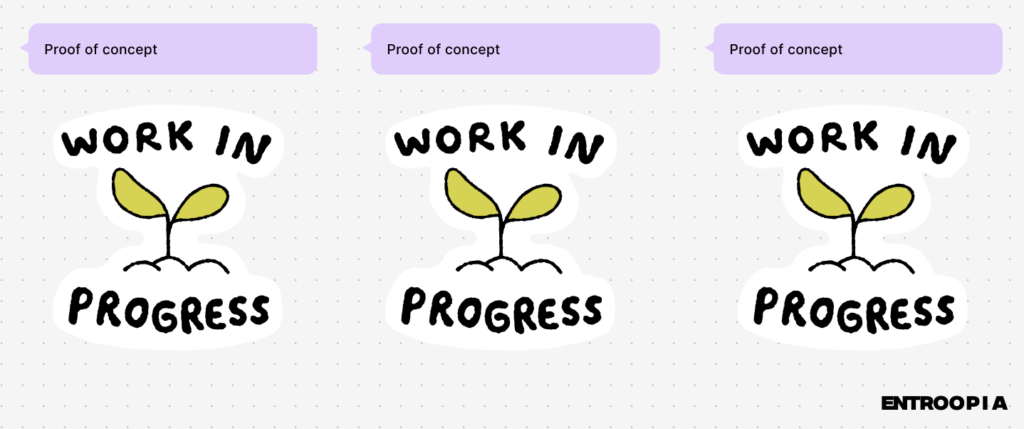
Not knowing when a market fit is found, creates an intolerable amount of uncertainty. It’s too early to take further investments, but everyone has expenses and finding the product-market fit in the first 6 months– has the odds of a lottery.
Take Clay for example— they didn't build their PMF overnight, sensationally.
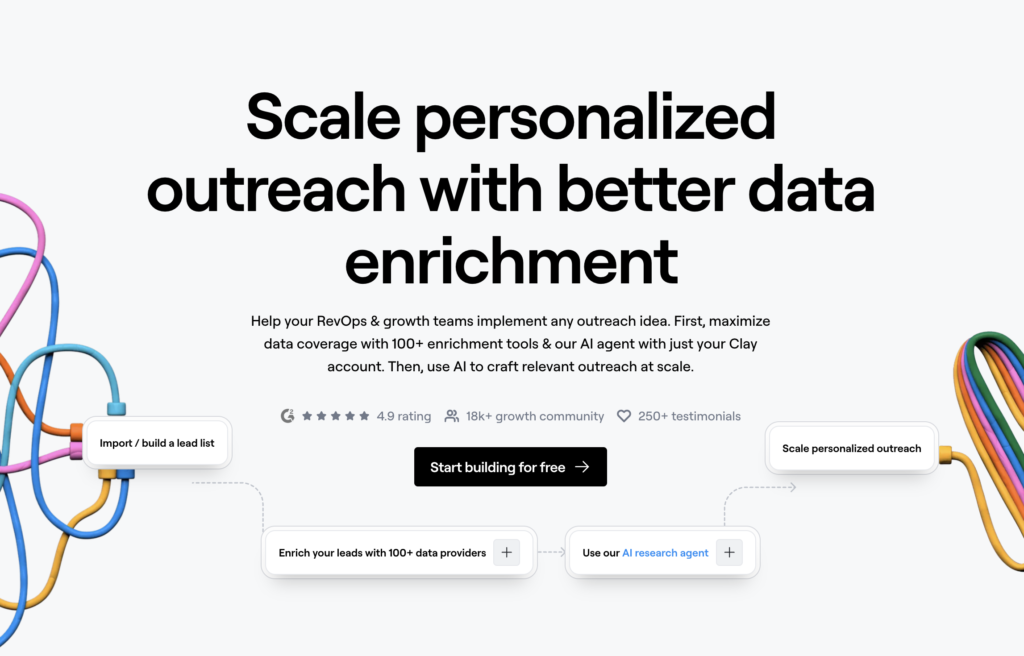
The founders spent six years experimenting, tweaking, and struggling before they hit the exact market need. Doing so very successfully, making it impossible to not get mentioned in any conversation around sales tooling. They were ahead of time, struggling to voice the future to the market in a way that addressed the customer’s problems of today.
Beginning several times again, as they were finding new compelling use cases across several types of users. The biggest struggle was sticking to one specific persona.
However, if a workable product clicks with the identified market, the investment will only be used for distribution and production — none for early exploration. Meaning the company value will allow founders to keep more equity.
Having this single-mindedness for reaching only towards a PMF and — forgetting the micro-management, what’s the colour of any button and LinkedIn announcements — will shorten the span of comprehension whether the chase is real or a fever dream.
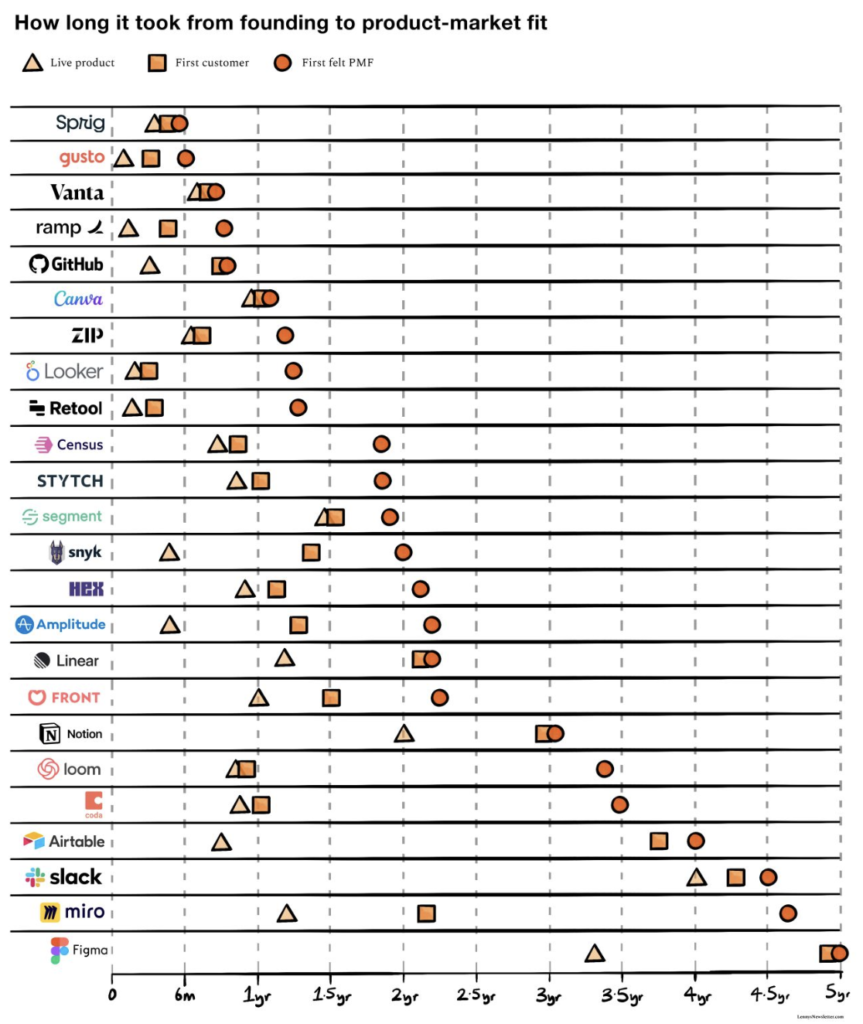
The suggestion for companies just starting out is to try to hire and invest as little as possible before hitting PMF. Hoping to get results in the timeframe set for themselves won’t make things happen faster. Just as you won’t be able to find big love through burning candles and writing the wedding date in your calendar.

